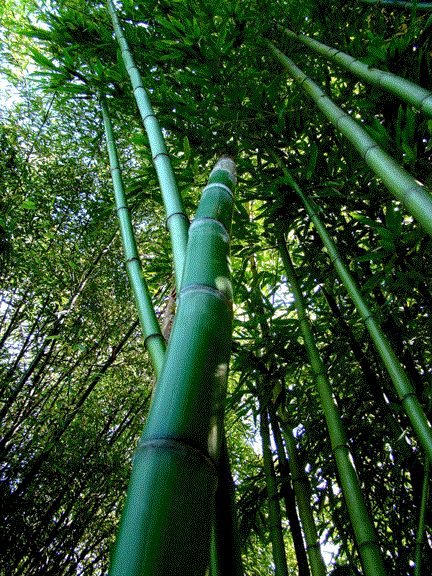 |
Care taken at planting time will eliminate headaches later on. Bamboo is often invasive and needs to be contained. We buried a two-foot heavy mylar barrier around the entire grove and between the five different large species. Small types are doing well in large pots. Bamboo needs plenty of water during the first few growing seasons. It likes bark or other mulches until it creates its own, and its growth is retarded by weeds or grass. Bamboos need little care once established. The dense covering of fallen leaves eventually eliminates all weeds. They grow in many tpes of soil, but reach maximum height and diameter in good loam. Water and feeding are less important to older plants, but also promote vigorous growth. |
